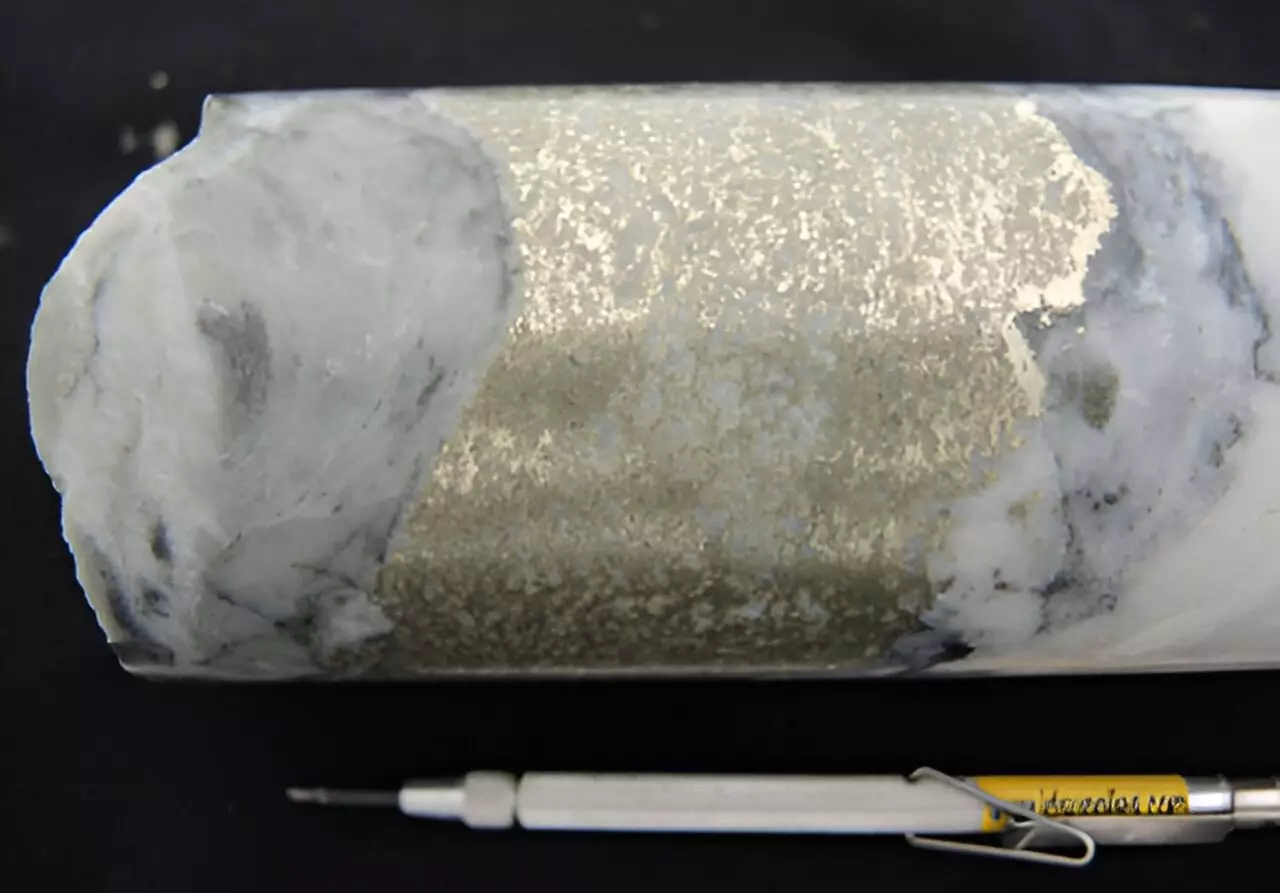The process of gold formation has long been shrouded in mystery, captivating geologists and miners alike for centuries. Traditionally, the understanding was centered around land-based volcanic and sedimentary processes, which, though productive, had limitations in explaining the full spectrum of high-grade deposits. Recent research, however, demands a paradigm shift—one that spotlights the oceanic crust as a plausible, perhaps even dominant, locus for gold formation. Analyzing this emerging perspective reveals both its profound implications and its current limitations. While the scientific community offers compelling evidence connecting seawater interactions with gold nanoparticle aggregation, it remains essential to scrutinize this narrative critically, considering alternative mechanisms, potential biases, and the broader ecological implications.
Evaluating the Inevitable Role of Seawater in Gold Deposits
The groundbreaking discovery that seawater chemically interacts with ore-bearing rocks to facilitate gold deposition challenges long-held notions. For decades, gold’s origins were largely attributed to deep magmatic or hydrothermal processes driven by volcanic activity on land. The assertion that seawater—rich in sodium ions—can trigger gold nanoparticle clumping through mineral fluid interactions introduces a new dimension. It suggests that gold deposits might be more widespread and accessible in submarine environments than previously assumed.
However, this novel proposition necessitates rigorous examination. Does the presence of sodium ions in seawater universally induce gold nanoparticle aggregation? Are there specific geological conditions that favor this process? Current data imply a correlation, but causation remains to be definitively established. Moreover, the research predominantly focuses on a singular geological setting—the Brucejack deposit—which, while instructive, may not represent all marine environments. Extending these findings globally requires a cautious approach to avoid overgeneralization. It’s conceivable that other oceanic processes, such as microbial activity or mineral transformations under high-pressure conditions, could also play significant roles, potentially competing with or complementing seawater-induced mechanisms.
Challenging Paradigms with Alternative Perspectives
While the seawater hypothesis is compelling, alternative theories deserve attention. For instance, magmatic fluxes associated with subduction zones or mantle plumes could still be central to high-grade gold deposit formation. Many of these deposits are characterized by distinct mineral assemblages that suggest a different genesis than seawater interaction. Furthermore, the tendency to focus on nanoparticle chemistry and laboratory simulations might overlook the complexities of natural geological systems, where multiple processes often operate simultaneously.
Additionally, the machinery of gold deposit formation is notoriously multifaceted. It is possible that seawater plays a facilitating or secondary role, rather than being the primary driver. Geological evidence such as mineral inclusions, isotopic signatures, and spatial distribution patterns should be thoroughly cross-examined to validate the seawater interaction theory. Without comprehensive field data from diverse environments—such as deep-sea trenches, mid-ocean ridges, or submerged volcanic arcs—this revolutionary model risks being viewed as a specialized or circumstantial phenomenon rather than a global paradigm.
Implications for Future Gold Exploration and Environmental Strategy
If seawater indeed plays a pivotal role in gold deposit formation, the prospects for discovering previously unknown rich deposits under the ocean become tantalizingly real. Resources hidden beneath the seafloor could represent a game-changing supply, particularly at a time when demand for gold—as a critical mineral in electronics, renewable energy, and medical technologies—is soaring. The potential reduction of environmental costs associated with terrestrial mining adds an urgent appeal to exploring submarine environments.
Yet, this shiny potential must be approached with prudence. Deep-sea mining is fraught with ecological risks, from disrupting fragile marine ecosystems to creating pollution and sediment plumes that threaten biodiversity. While the pursuit of underwater gold deposits might alleviate some environmental pressures on land-based operations, it could generate new, possibly irreversible, ecological challenges. It is imperative that scientific advances such as these are accompanied by responsible exploration frameworks—balancing resource extraction with environmental stewardship and technological innovation.
Concluding Thoughts: A Promising yet Unfinished Path
The evolving narrative of gold formation invites excitement and skepticism in equal measure, embodying both scientific innovation and the necessity for rigorous validation. Its implications stretch beyond mineralogy, touching on sustainable resource utilization and environmental conservation. If the ocean’s depths do harbor untapped wealth, the world must navigate this frontier with caution, ensuring that our pursuit of treasure does not come at the expense of the planet’s health. As the scientific community continues to probe these submerged secrets, one truth remains clear: understanding gold’s origins is not just about ancient rocks; it’s about shaping the future of how humanity interacts with Earth’s enormous, complex, and delicate ecosystem.


Leave a Reply